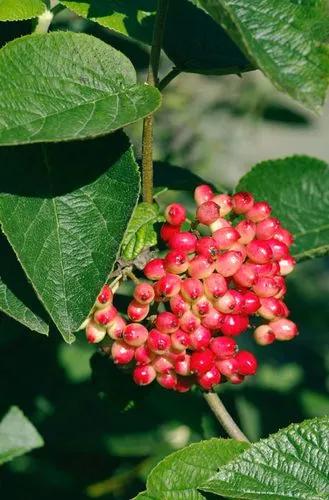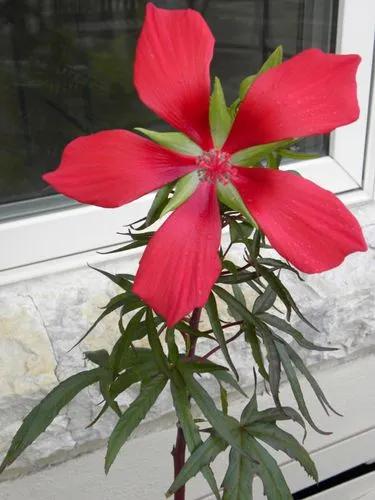Dianthus monspessulanus is a hemicryptophyte scapose plant reaching on average 30–60 centimetres (12–24 in) of height. The stem is green, erect, glabrous and branched on the top, the leaves are opposite, simple, linear and sessile, more or less erect and flexuous, with a sheath embracing the stem. They are about 3 millimetres (0.12 in) wide and about 10 centimetres (3.9 in) long. The calyx is a green cylindrical tube about 2 centimetres (0.79 in) long, with reddish teeth. The flowers are hermaphrodite, single or gathered in scapes of 3–5 flowers, with 10 stamens. They have five pink or white petals, 10–15 millimetres (0.39–0.59 in) long, with fringed margins (hence the common name). The flowering period extends from May through August. The fruits are capsules with a few seeds.
Dianthus Hyssopifolius Care
Dianthus Hyssopifolius



How to Care for the Plant

Water

Dianthus flowers need weekly watering. Try 1 inch of water once a week. Avoid water-logging the soil.

Fertilizer

Dianthus plants are light feeders. A shovelful of compost worked into the soil once a year is enough to nourish the plants. Deadhead dianthus after flowering to promote rebloom.

Sunlight

Full sun is important for thriving plants, so choose a location that gets at least six hours of light each day.

Soil

Stem rot can be a problem in dianthus plants if the soil doesn’t drain well. If the soil is heavy clay, consider containers or raised beds for plants. Dianthus plants like neutral to slightly alkaline soil pH. If your soil pH is below 7.0, correct the acidity with an application of dolomitic limestone. Fireplace ashes can also increase soil alkalinity. Mulch is fine to keep weeds under control but to avoid rot, don’t let the mulch crowd around the crowns of dianthus.

Temperature

These plants can tolerate a light frost but don't like a deep freeze. It is possible for some hardier plants to survive outdoors in the winter. Try a frost blanket if temperatures remain below 40 degrees Fahrenheit. The flowers can also go dormant in consistently hot summer temperatures above 85 degrees Fahrenheit.

Additional

Dianthus flowers can be toxic to dogs or cats if ingested, but symptoms are usually mild. The plant’s sap contains triterpenoid saponins that can be harmful to pets. When the sap touches the skin or is consumed, irritation may occur. Symptoms of poisoning include diarrhea, vomiting, skin inflammation, and itching. It's a good idea to keep pets away from this plant.

Popularity

15 people already have this plant 5 people have added this plant to their wishlists
Discover more plants with the list below
Popular articles






